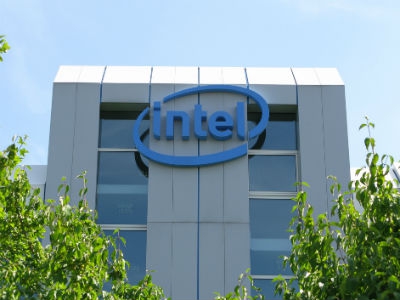A recent note from HSBC proposes a new view on blockchain use by central banks, opposing the mainstream perception of the technology as a means to escape central banks' regulation.
Since one of the main aims of central banks is usually to foster economic growth while keeping inflation stable low, there is a number of policies banks apply to achieve that goal. Changing interest rates and quantitative easing have usually been there, as well as some less conventional methods, “helicopter money drops” among them.
The term was introduced by a Nobel-winning monetarist Milton Friedman who saw price inflation as something directly linked to money supply, arguing that price inflation should be fought by monetary deflation, famously described by him as “dropping money out of a helicopter.”
For the time being money injections are often executed by central banks indirectly, for they do not reach households before they are redistributed by commercial banks. What is more, central banks are often not knowledgeable enough about how much money economy needs, which might threaten their effectiveness and even lead to the situation known as “liquidity trap.”
With the help of blockchain, central banks may have chance to reach households without any mediation and get a real picture of what is happening in the economy, since all the transactions will be recorded real-time, which makes them easy to analyse.
Thus, HSBC argues that blockchain might represent not only a threat, but also a great chance for central banks to keep control over national economies.
Maria Rudina

















